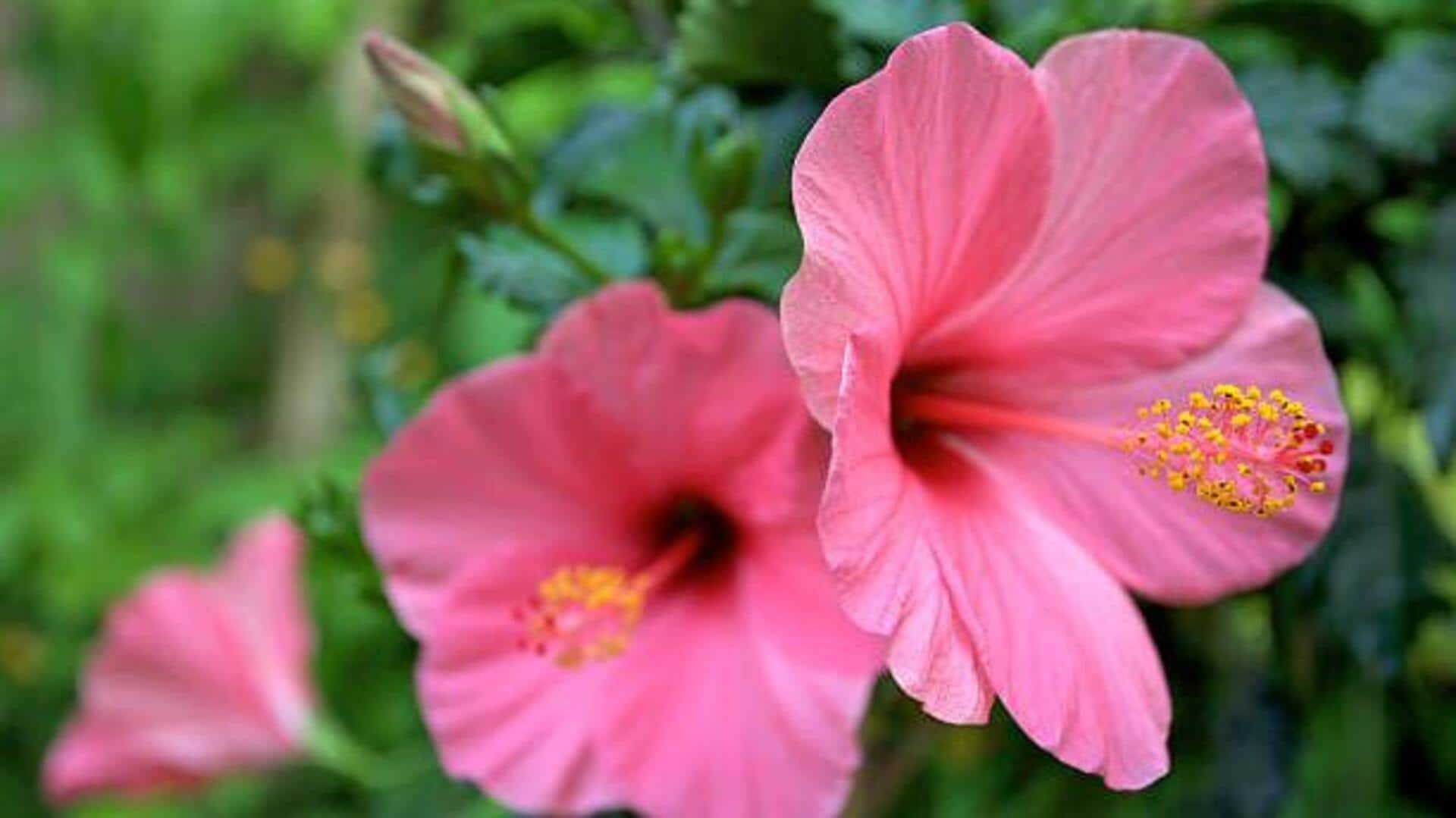
5 unexpected ways to use hibiscus petals
What's the story
Hibiscus petals are not just known for their vibrant color and beauty; they have a variety of unexpected uses across Africa. From culinary applications to traditional practices, hibiscus petals are versatile and valuable. Often associated with herbal teas, these petals play significant roles in different aspects of daily life. This article explores five unique ways hibiscus petals are utilized in Africa.
Dyeing
Natural dye creation
In many African communities, hibiscus petals are also used as a natural dye source. The rich red hue is extracted from the petals to color fabrics and textiles. This practice is especially common in regions where traditional clothing is culturally significant. The dyeing process includes boiling the petals to extract their pigment, which is then applied to different materials. This provides an eco-friendly alternative to synthetic dyes and promotes sustainability.
Remedies
Herbal remedies and treatments
Hibiscus petals are commonly used in traditional African medicine because of their health benefits. They are frequently brewed into teas or infusions thought to help with digestion, reduce blood pressure, and promote general wellness. In some cultures, crushed hibiscus petals are used topically for skin issues or blended into concoctions for internal consumption. These remedies emphasize the plant's contribution to holistic health practices in Africa.
Culinary uses
Culinary delights beyond tea
While hibiscus tea is famous all around the globe, its culinary uses go beyond that in Africa. The tangy flavor of hibiscus makes it a preferred ingredient in sauces and jams served with different meals. In certain areas, dried hibiscus flowers are ground to powder and used as a spice or seasoning to enhance flavors in local cuisine. These culinary uses show the versatility of hibiscus beyond its usual drink form.
Beverages
Crafting traditional beverages
Apart from tea, hibiscus is key to preparing traditional drinks across Africa. One such drink is bissap or sobolo—a refreshing drink prepared by steeping dried hibiscus flowers with sugar and spices. Ginger or mint leaves are added to give it more flavor depth. It is often served during social gatherings or celebrations owing to its vibrant color appeal. Along with thirst-quenching properties, it makes a popular choice among locals year-round.
Cosmetics
Cosmetic applications
Hibiscus petals are the secret ingredient in African cosmetics, owing to their antioxidants. They are used in skincare to ensure a youthful look and moisturization without any harsh chemicals. This natural substitute also promotes sustainability and caters to the demand for locally sourced beauty solutions, proving the plant's versatility in personal care.